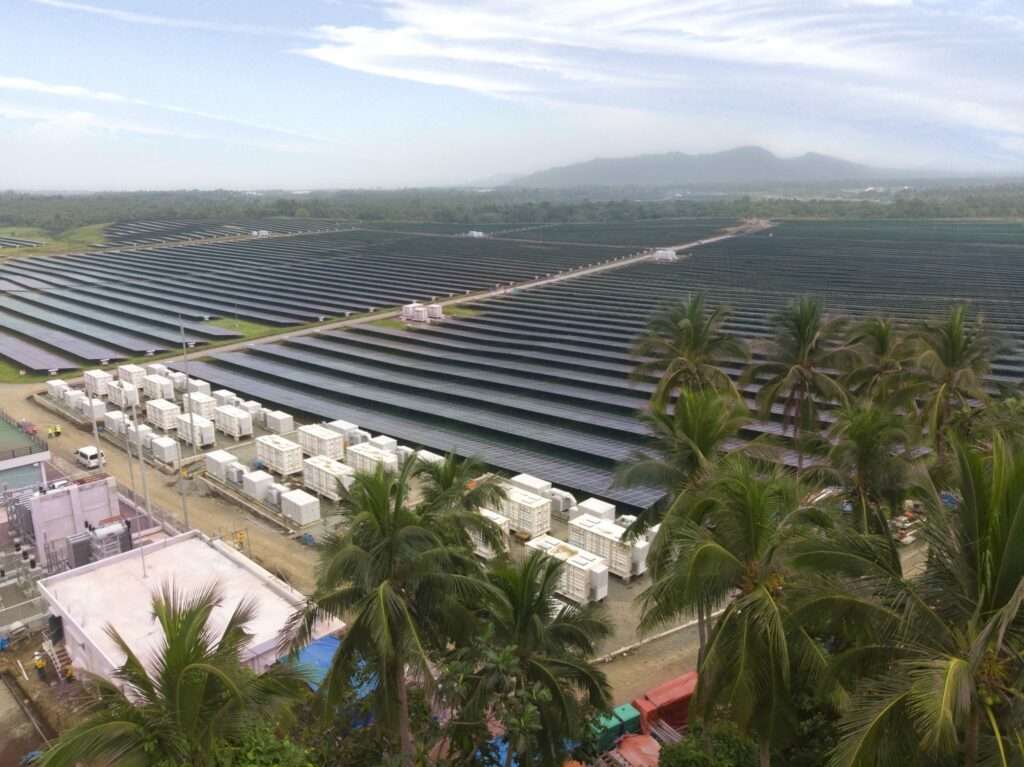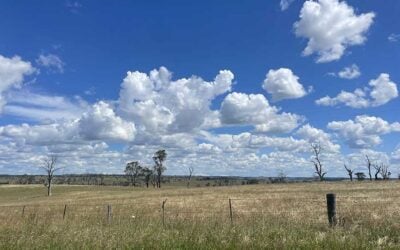
Proposed changes to rules and regulations aimed at easing the integration of energy storage into power markets will strengthen the Philippines’ position as leading market in the ASEAN region.
That’s the view of Narsingh Chaudhary, executive VP and managing director for Asia-Pacific at construction and project engineering company Black & Veatch, commenting on draft market rules and policies outlined by the Philippines’ government Department of Energy (DOE) in January.
Enjoy 12 months of exclusive analysis
- Regular insight and analysis of the industry’s biggest developments
- In-depth interviews with the industry’s leading figures
- Annual digital subscription to the PV Tech Power journal
- Discounts on Solar Media’s portfolio of events, in-person and virtual
As reported by Energy-Storage.news as the draft rules were published, the DOE has identified a need to reconfigure policy and regulations to better accommodate energy storage systems (ESS) into the energy market. The need is considered urgent as the country is targeting 50% renewable energy by 2040 and ESS technology will be a key enabler of that.
“Today the Philippines is already leading in the development of energy storage in ASEAN; in 2022, the country accounted for more than 80% of Southeast Asia’s energy storage capacity additions, according to Bloomberg New Energy Finance (BloombergNEF),” Chaudhary told Energy-Storage.news.
“With the latest proposed policy and regulatory changes, we are anticipating even stronger interest in energy storage technologies in the Philippines.”
Regular readers of the site will note that there has indeed been some quite significant buildout of battery storage projects in the country in recent years. This has largely been driven by some of the Philippines’ big power companies deploying battery storage at their existing thermal power plant assets.
In an article published in Vol.33 of PV Tech Power, our quarterly technical journal, George Garabandic, principal consultant and energy storage lead for DNV in the APAC region, explained that this is due to the big generator companies being contracted to deliver ancillary services to the grid, and realising that batteries can do it faster and more efficiently.
The biggest of these buildouts is from power company SMC Global Power, which is thought to be nearing the final stretch of a 1,000MW/1,000MWh pipeline.
Meanwhile, the Philippines got its first large-scale solar-plus-storage project in February 2022, a 40MW/60MWh BESS with 120MW solar PV, in a pilot project by AC Energy (ACEN), the energy arm of holding company Ayala Group.
Also interviewed for that PV Tech Power article, Black & Veatch’s Narsingh Chaudhary said that regulations in the Southeast Asia region were not holding back development of energy storage, but at the same time, they were not proactively supporting the technology either.
However, one commenter went further, saying that while the fundamental need for energy storage is strong in Southeast Asia, as fossil fuel costs rise and renewable energy policy target dates loom closer, more needs to be done to encourage investment.
‘Positive development for the whole region’
Alexander Lenz, CEO of sustainable infrastructure investor Aquila Capital’s APAC group, said a few weeks ago that the permitting, policy and regulatory environment for energy storage in the ASEAN region is as challenging as it was in 2021, when the CEO called it out in an online summit hosted by our publisher, Solar Media.
That situation has been made worse in the recent short-term, he said, by “the added macroeconomic pressures of rising material costs, inflation and supply chain challenges,” although Lenz and Aquila Capital remained convinced the fundamental drivers for energy storage in the region are strong and will lead to wider opportunities.
Black & Veatch’s Narsingh Chaudhary said the Philippines regulations – which are yet to be approved and adopted – can nonetheless help “prove the commercial and technical application of storage at scale and assist in accelerating the ASEAN’s energy transition”.
“This is a positive development for the renewable energy and storage sector throughout the region,” he said.
It really matters, because while much of Southeast Asia remains dependent on coal for power generation, simply replacing coal with renewable energy capacity like-for-like is far less effective than integrating renewable energy onto the region’s grids, as the Philippines regulations aim to do.
“Balancing variable renewable energy sources is critical for grid stability and we believe the development, deployment and integration of affordable energy storage technologies will play a key role in maintaining reliable and affordable decarbonised electricity,” Chaudhary said.
“This policy will not only help mature storage markets throughout the region, seed the development of ancillary markets and enable greater integration of storage technologies as part of generation projects but also has implications for electric charging infrastructure rollout and the development of vehicle-to-grid solutions over time.”
Black & Veatch is working on some big projects in the region, the managing director said, including gigawatt-scale solar PV, pumped hydro energy storage (PHES) and battery energy storage systems (BESS).
Energy-Storage.news’ publisher Solar Media will host the 1st Energy Storage Summit Asia, 11-12 July 2023 in Singapore. The event will help give clarity on this nascent, yet quickly growing market, bringing together a community of credible independent generators, policymakers, banks, funds, off-takers and technology providers. For more information, go to the website.






